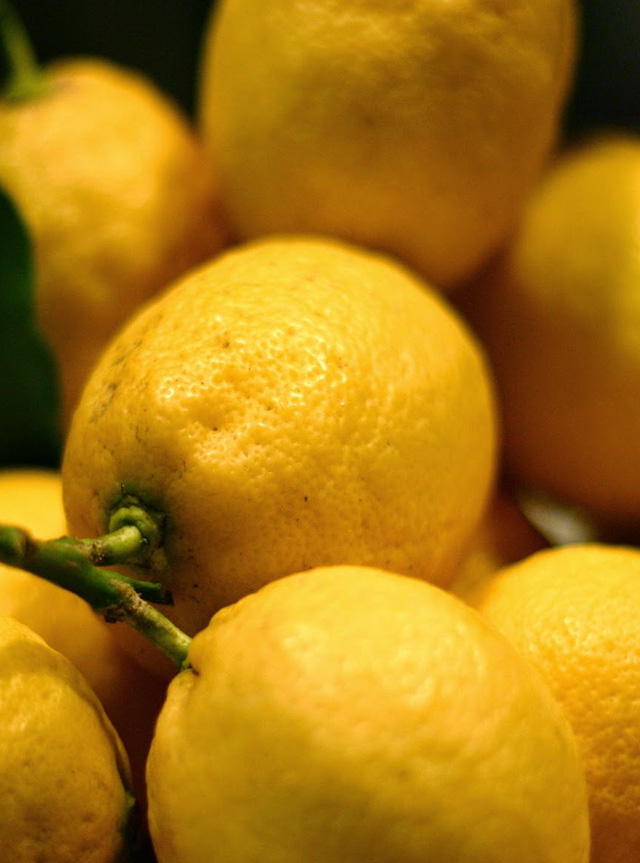
The Lemon The lemon "Sfusato" of Amalfi has always played an important role in the culinary preparation of cakes and ice creams: its aroma is the master's touch in many Mediterranean dishes. Its juice is used in the preparation of simple refreshing beverages, such as the lemonade, and in the kitchen the "Sfusato" abandons its therapeutic role to become an indispensable ingredient to the great chef for the creation of sophisticated pasta dishes and cakes. The lemon liqueur is also an excellent natural digestive; in fact it is served cold after a meal. The "Sfusato" of Amalfi can be used for the juice, for the whole fruit, seeds, peel and even the leaves. Its therapeutic properties are indicated as adjuvants in anti-infective actions, actions stimulating the immune system, anti-stress activities, in protective actions for smoking, functional therapies in the growth and prevention of senescence, in enhancing sports performance. The zone of production The Amalfi Coast is an inseparable whole of settlements and "gardens", terraces built with dry stone walls of limestone surrounded by the Mediterranean. Climatic factors and volcanic soil have allowed, together with the work of man, the emergence of the ideal conditions for the spread of cultivation of lemon in the cultural fabric of the people of the Amalfi Coast. The towns of the Amalfi Coast, in Campania, the province of Salerno, are the ideal garden where the lemon, traditional millennial fruit, are cultivated by man. The lemon has always been the resource of the coastal towns' land: Amalfi, Ravello, Cetara, Furore, Ravello, Scala, Conca dei Marini, Maiori, Minori, Tramonti, Positano, Praiano and Vietri sul Mare, are the guardians of the paradise of lemons. The cultivation technique The Lemon of the Amalfi Coast now grows in full respect of traditional farming techniques in the production area. In the characteristic terraces (Macerine), make up a large part of the agricultural panorama of the Amalfi Coast. The cultivation is carried out under scaffolding of chestnut poles of varying heights, suitably protected during cold season. In full respect of the distances between each tree, for every hectare cultivated useful there are more than 800 plants, which corresponds to a maximum production capacity of 35 tons. The labor, the environment and the production is entrusted to the care of the patient and competent agrarian class of the Amalfi Coast. The trademark protection The protection on the Italian territory and is guaranteed by the Community Consortium of Lemon IGP Amalfi coast, formed in the 2002. In line with our Production Regulations, the lemon of the Amalfi coast is protected by the mark Protected Geographical Indication (IGP), which ensures the origin and quality of the product, historically and traditionally recognized by the market and by our consumers.